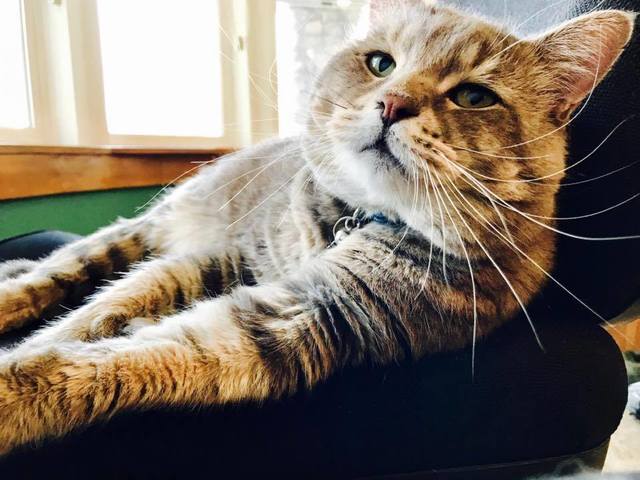Recognize Pain In Cats
Cats are masters in hiding discomfort and pain. They will not whine or accentuate the trouble like a human will. As a result, cats can experience an ailment for a very long time before we discover something is wrong.
The good news is, there are other signals that can tell us our cat is in pain. As feline owners, it is essential that we find out just how to review our feline’s body movement as well as actions so we can quickly acknowledge discomfort and also get proper aid.
Why Do Cats Conceal Pain?
Concealing pain and also discomfort brought on by injury or illness is natural cat actions. This instinctive response belongs to feline survival strategy. In a wild feline swarm a weak pet cat loses status as well as power. This means the weak pet cat will certainly have to endure on much less food, have to surrender the best hunting premises and alcohol consumption areas. The pet cat will certainly be repelled from the best sleeping spots. More powerful pet cats in the swarm present a risk to its survival. This is one reason felines conceal weakness.
One more reason pet cats conceal pain has to do with their feeding pattern. Pet cats have to consume on a daily basis. Wild felines have to search on a daily basis. Even when they are sick or in pain they still have to hunt to ensure their survival. Since our house cats are offspring of wild cats, they show the exact same actions.

Know your Feline’s Regular Habits
When cats fall ill or when they experience pain they will certainly reveal refined or often radical modifications in habits. They can also embrace completely new actions.
Frequently feline owners do not observe something is wrong up until the cat’s behavior modifications so dramatically that it becomes disruptive. For instance, the cat instantly acts strongly or starts doing its business outside the can. Even then, some proprietors think their pet cat is just acting out – acting badly. More often than not, however, they do not associate the cat’s habits with discomfort.
Behavioral adjustments connected with different kinds of disease or discomfort can differ in cats individually. Similarly, not all cats experiencing a certain condition will certainly show the same behavioral modifications. We require to compare changes in typical actions as well as completely brand-new or uncommon behavior. Click here for more helpful hints on cats.
Modifications in Actions
Modifications from normal habits can consist of being
less playful
much more taken out
less clean (changes in normal grooming actions of hair, which can cause matting as well as “felting” of the fur).
less energetic.
a lot more withdrawn.
consuming and/or consuming much less.
sleeping much less (or various other changes in your cat’s sleeping pattern).
Examples of brand-new or unusual actions can include.
constant attention looking for.
spraying inside your home.
doing its company outside the can.
roaring or hissing.
nervous behavior.
continuous grooming (particularly if the pet grooming is concentrated in one area, which might be where it injures, or near where it hurts if the feline can not get to).
revealing even more aggressiveness toward individuals or various other animals.
avoiding physical contact.
restlessness.
attacking the food dish, which could indicate dental problems.
increased level of sensitivity to sound.
frequent purring for no reason (when a cat purrs with its hairs attracted in reverse, it is not showing satisfaction but concern or discomfort).
Bear in mind, this list is not clear-cut. Any type of modification in habits can potentially indicate health problem or discomfort.
Adjustments in Body Movement as well as Stance.
Changes in body movement and pose are an additional method for pet cat proprietors to acknowledge possible problems. Just like human beings reveal pain by face, felines can show up worried or clinically depressed. In some cases a pet cat might gather behind-the-scenes or under a table or bed. This can be a sign of discomfort or ailment, or of general distress.
A modification in your cat’s position can offer you an idea regarding where the source of pain is. A feline that holds its head or ears turned sideways is most likely suffering from ear pains. Also, a cat that maintains its back rounded could be dealing with either back ache, arthritis, or abdominal pain.
Also the hair can inform you regarding your feline’s health and wellness. A healthy feline has smooth hair. Fur that is standing on end or shows up matted might point to physical discomfort along with emotional issues like stress and anxiety and also stress and anxiety.




